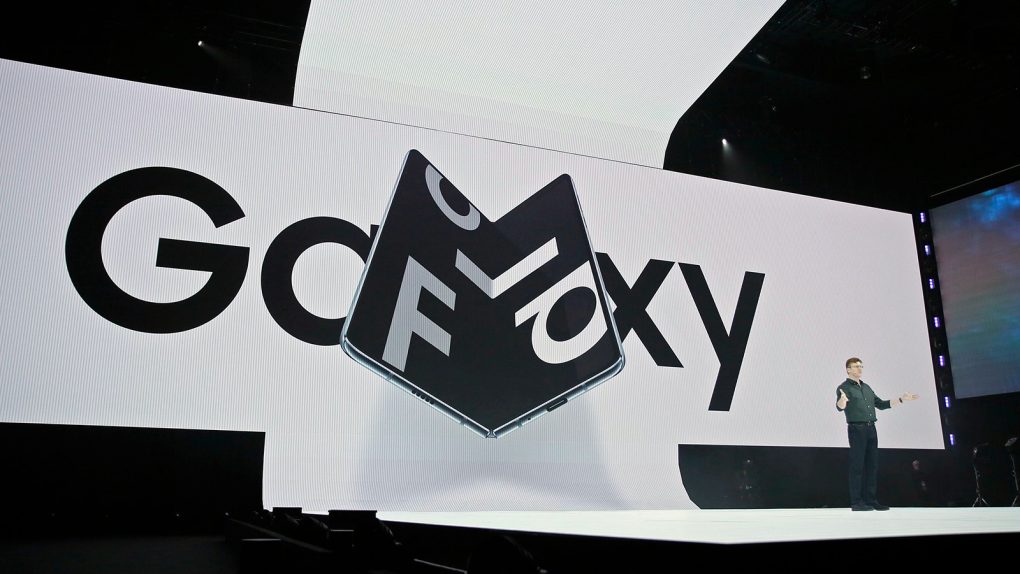Intended to be the kind of flagship device that would certify Samsung as one of the leading innovators in the mobile business, the Galaxy Fold has been anything but. The first foldable Galaxy handset was supposed to launch on April 26th, but then Samsung was forced to abruptly cancel the phone’s release just days after early reviewers discovered a few severe quality issues with the handset. It was the worst thing that can happen with a foldable display during testing: the foldable screens were breaking. Two separate issues made the screen unusable, forcing Samsung to go back to the drawing board in search of fixes to the problems.
It took Samsung several months to come forward with a redesign of the hinge and of the foldable plastic film on top of the screen. Then, Samsung quietly started taking pre-order registrations for the Galaxy Fold in China and then in the US, looking to see whether buyers were still interested in the device. Samsung has yet to announce a new release date of the handset, but the date new has just leaked from a reliable source… and it couldn’t come at a worse time for Samsung.
The Galaxy Fold was never meant to go toe-to-toe against the newest Android devices or the iPhone, as Samsung only expected to sell up to 1 million units in the first year. But an April launch would have definitely favored Fold sales compared to September — the actual release date is September 27th, according to well-known leaker Evan Blass. Samsung is yet to confirm the leak.
That’s just 7 days after the iPhone 11 series will hit store shelves, and Apple’s new iPhones aren’t the only new smartphones set to be released in early fall. The Huawei Mate 30 Pro will be unveiled on September 19th and should be available to buyers in the weeks that follow. Google and OnePlus are also expected to unveil the Pixel 4 and OnePlus 7T, respectively, in October. Not to mention that Samsung already launched the Note 10, which is another expensive high-end phone to consider this fall.
At $1,980, the Galaxy Fold costs nearly twice what you’d pay for a traditional flagship. Phones including the Note 10, iPhone 11 Pro, Pixel 4, and Mate 30 Pro will all start anywhere between $900 and $1,000. The OnePlus 7T and iPhone XR successors, meanwhile, will be even cheaper.
The only thing working for the Fold right now is the novelty of that foldable screen. Foldable displays have an exciting feature, and these handsets will have plenty of fans going forward. But the Fold’s reputation is already tarnished by its early problems, so prospective buyers might think twice before investing in a phone that might still end up breaking quickly.








